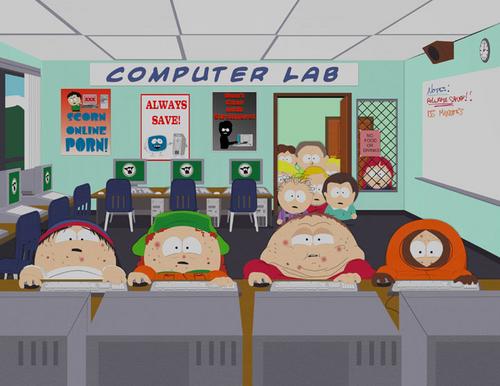Picture yourself relaxing on the lake. It’s been a long, grueling week at the office; and you needed an escape to the forest to unwind. You pack your tent, GPS, and propane grill. Some traditionalist who are sleeping on the leaves nearby call you a pencil pusher for your technologically advanced equipment. Are you doing it wrong?
Camping is one of man’s favorite pastimes and with the help of technology it can finally become something everyone can enjoy. The camping community is divided among those who practice hard-core camping, and those who like to take it safe and relax. This causes controversy among the community and arguments arise such as wether or not one is “doing it right”. Although traditionalist argue that camping should contain no technology, I believe that technology opens the door to all and allows the community to grow beneficially.
Camping dates back longer than any of us can remember. Cavemen were experts at living in the wild off of sticks and stones. Cowboys camped in deserts and prairies when moving cattle from point A to point B. Today, men and women mimic their laid back, rough, and rugged lifestyles as an exciting hobby. Traditionalist claim that you aren’t a true camper unless you are sleeping with the bugs and finding your own food and water for survival. The classic camping gear that traditionalist carry with them are the following: tiny sleeping bag, knife, canteen, and rope. Most get the thrill out of having hardly anything at all to put their survival instincts to the test. Honestly: does this look entertaining to you?
It seems that technology has affected almost every aspect of the world, including one of the most primitive. Thanks to technology everyone can now experience camping in their own ways. The elderly, disabled, and young can all go camping and relax in the wide-open ranges according to their own comfort. Amazing tents, cookware, and recreational equipment have been produced with the help of technology. Tents today can fold into your back pocket, adjust to the outside temperature to keep you warm, and allow you to plug in your phone or laptop. Cookware innovations allow you to cook your favorite meals on a propane stove and serve to the entire family. Sleeping mats, such as my subzero Northface sleeping bag, adjusts to your body temperature to keep you comfortably warm. Everyone can now adjust to their own preferable comfort and relax however they want. Isn’t that was camping is really about?
Innovations in technology have exceeded the imagination when it comes to camping. My argument stands that technology creates a larger population among the camping community and can be beneficial to the environment. More campers means more National Parks. National Parks are defined as reserves or natural land that is set aside or created for the enjoyment of human recreation. National Parks serve as a wonderful learning experience for all to learn about wildlife and nature and how to beautifully preserve it. National Parks shelter hundreds of species of fish, birds, mammals, and trees. Trees, lakes, and grasslands are protected for human enjoyment and with the help of technology; a larger camping community can help keep these parks prospering. We all know that more lakes lead to more fish which means more food. More trees mean more oxygen which leads to a better atmosphere. More mammals lead to a better education and understanding, which causes a human-animal liberation that the world needs.
In conclusion: go explore the natural world and take along with you whatever you want. You can experience the rough-and-tumble aspect of exploration, or you can pack fun technological equipment to help you relax more. All in all, it will benefit the environment which is beneficial to you and me. No matter how you go about camping, just remember that you are adding to the community which is a great thing to our environment and understanding. Don’t listen to those hipster traditionalist, because if they honestly cared about their natural world, they wouldn’t mind sharing it with you if it meant saving it. So go camping and prosper, and bring your friends!





